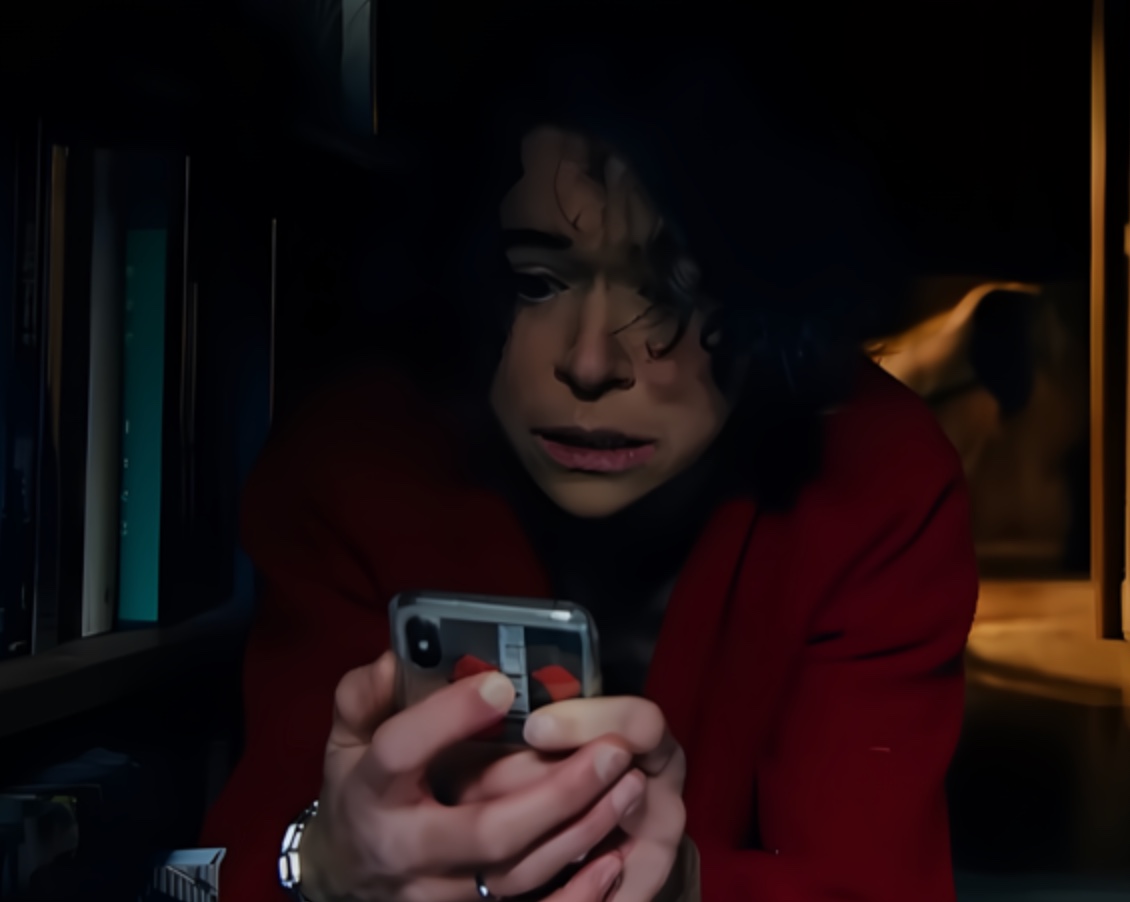TL;DR: Keeper is an impressionistic, dreamy, and occasionally chilling horror experiment from Osgood Perkins that delivers atmosphere in spades but logic in crumbs. Tatiana Maslany grounds the chaos, Jeremy Cox’s cinematography is gorgeous, and the opening sequence hints at a brilliant serial-killer study the film never quite commits to. Ultimately, Keeper feels like flipping through a director’s horror scrapbook — beautiful, unsettling, but never cohesive. Great vibes, minimal payoff.
Keeper
Every time Osgood Perkins drops a new horror movie, I brace myself like I’m about to swallow a haunted Lego brick. Because Perkins doesn’t make horror films so much as he makes cinematic séances: loose, unnerving, occasionally brilliant, occasionally baffling, always unmistakably his. After the cult success of Longlegs and the chaotic fever-dream that was Monkey, we now get Keeper, a film that’s part serial-killer slow burn, part experimental art project, and part “random horror thoughts I scribbled in a notebook at 3 a.m.”
For better and for worse, Keeper is the most Osgood Perkins movie Osgood Perkins has ever made.
Before anyone dives in expecting a traditional thriller — you know, structure, logic, cause-and-effect — let me set the tone right away: Keeper operates on dream logic, mood logic, and occasionally no logic at all. Watching it, I felt like I was trapped between a true-crime documentary, a perfume commercial set in the woods, and a Criterion Collection bonus feature that escaped its disc.
But here’s the frustrating part: the ingredients for a killer serial-killer film are all right there. And yet none of them cook long enough to turn into a proper meal.
The opening rules. The rest… well.
Keeper starts with one of the coolest, most unsettling POV sequences I’ve seen in a recent horror movie. We watch a montage of Malcolm’s past girlfriends — met, dated, discarded — all from his eyes. It’s the emotional diary of a serial monogamist, which, as the movie cheekily implies, is basically a serial killer with a loyalty card. The sequence is sharp, socially aware, and disturbingly familiar for anyone who’s ever watched a friend stay with someone because “he’s just complicated.”
I sat there thinking: hell yes. This is going somewhere.
Then the movie proceeds to go… everywhere except where that opening promised.
Enter Liz, played by Tatiana Maslany, who could make a tax audit look dramatic, and her boyfriend Malcolm (Rossif Sutherland), a man who radiates all the warmth of a malfunctioning humidifier. They’re heading to his family cabin, which is described as a rustic getaway but is actually the kind of stunning two-story woodland house that screams, “Someone definitely died here and no one cleaned up properly.”
From the moment Malcolm appears, he’s such an obvious red flag that I half-expected the film to skip the mystery entirely and just hand him a name tag that says “Hi, I Murder People.” He’s a doctor, quiet, weirdly monosyllabic, and carries himself like a man who has Googled “how to make eye contact” and didn’t like the answer. But his surface-level normality is the point — Liz stays with him because he’s safe in the way damp beige carpet feels safe.
And honestly? As setups go, this is good horror territory.
But then! Then Osgood Perkins starts letting the intrusive thoughts win.
Cake, visions, cousins, knives — and zero connective tissue
Once Liz and Malcolm settle into the cabin, the film starts layering in elements that feel less like horror foreshadowing and more like a haunted escape room run by a director who forgot the puzzle order.
Malcolm’s cousin Darren shows up, a man who looks like someone put Carson Daly and every sleazy Tinder date stereotype into a blender. He brings along Minka, an almost-silent Eastern European model who immediately declares the delivered cake “tastes like shit.”
Then Liz eats the cake. And it’s fine.
Then she eats the entire cake. In the middle of the night. Like a demon with a sweet tooth whispered to her, “Treat yourself.”
Then she starts seeing visions — pale gray humanoid creatures, piles of steaming rocks in the woods, murdered ex-girlfriends, and a flashback in which Malcolm and Darren, as children, apparently shoot a woman who looks just like Liz using… muskets?
Are muskets standard cabin equipment? Is this a flashback or a hallucination? Did the cake unlock a time portal? Should I have eaten before watching this movie?
The film shrugs. Hard.
Then Malcolm leaves to deal with a patient (honestly the most believable thing he does all movie), Darren wanders in again, grabs a butcher knife like it’s a spatula, and the scene just… dissipates. Like fog. Like the idea itself got bored and wandered into a different movie.
Keeper is full of these setups that look like they’re building toward reveals, meaning, or momentum, and instead peter out into nothing. It’s like watching someone try to assemble IKEA furniture without the instructions and every few minutes they go, “What if this piece is actually a metaphor?” and throw it into the woods.
Perkins is making a mixtape, not a movie
Here’s where I landed: Keeper isn’t trying to tell a story. It’s trying to transmit a vibe.
You can almost feel the director flipping through the horror Rolodex in his brain:
Serial-killer POV sequence? Check.
Creepy woodland cabin? Check.
Visions of gray humanoid entities? Check.
Children with muskets? Sure, why not.
Insert Peggy Lee crooning “I Don’t Want to Play in Your Yard”? Absolutely.
Add Mickey & Sylvia’s “Love Is Strange”? Toss it in.
Elvin Bishop over the end credits? Sprinkle, sprinkle.
It’s not that these elements are bad — individually, many are fantastic. The cinematography by Jeremy Cox is stunning, capturing the woods with a stark, almost tragic beauty that feels like nature itself is judging everyone involved. Maslany is doing her absolute best with material that dissolves in her hands like ghost cotton candy. Even Sutherland’s strange, muted performance works in its own inscrutable way.
The problem is commitment. Keeper wants to be an experimental horror film, a psychological thriller, a serial-killer character study, a surreal mood poem, and a dream collage all at once. It never picks a lane, so it keeps drifting off the road and hitting every ominous tree.
By the final act, I felt less like I was watching a movie and more like I was decoding a playlist curated by a serial killer who also dabbles in experimental theater.
There’s a great movie in here somewhere… trapped under three others
And that’s what makes Keeper frustrating instead of fascinating. You can feel the potential screaming to be let out:
A serial killer who sees his romantic history as interchangeable victims.
A girlfriend piecing together the truth in a remote cabin.
A family legacy shrouded in violence.
Hallucinatory visions that blur past and present.
Put these pieces together and you have a psychological horror classic.
Keeper takes each of these threads, waves them in front of your face, then drops them into a void where connective tissue goes to die.
As a horror fan, I don’t mind weird. I don’t mind dream logic. I love slow burns. I love experimentation. But I need a spark, a spine, a narrative pulse. Keeper has atmosphere for days, dread in buckets, uncanny imagery aplenty — but without clarity or escalation, the film becomes a beautiful maze with no exit.
When the credits rolled, I felt like I’d been wandering in the woods for two hours and all I got was cake-induced hallucinations, a handful of vibes, and three really good needle drops.






